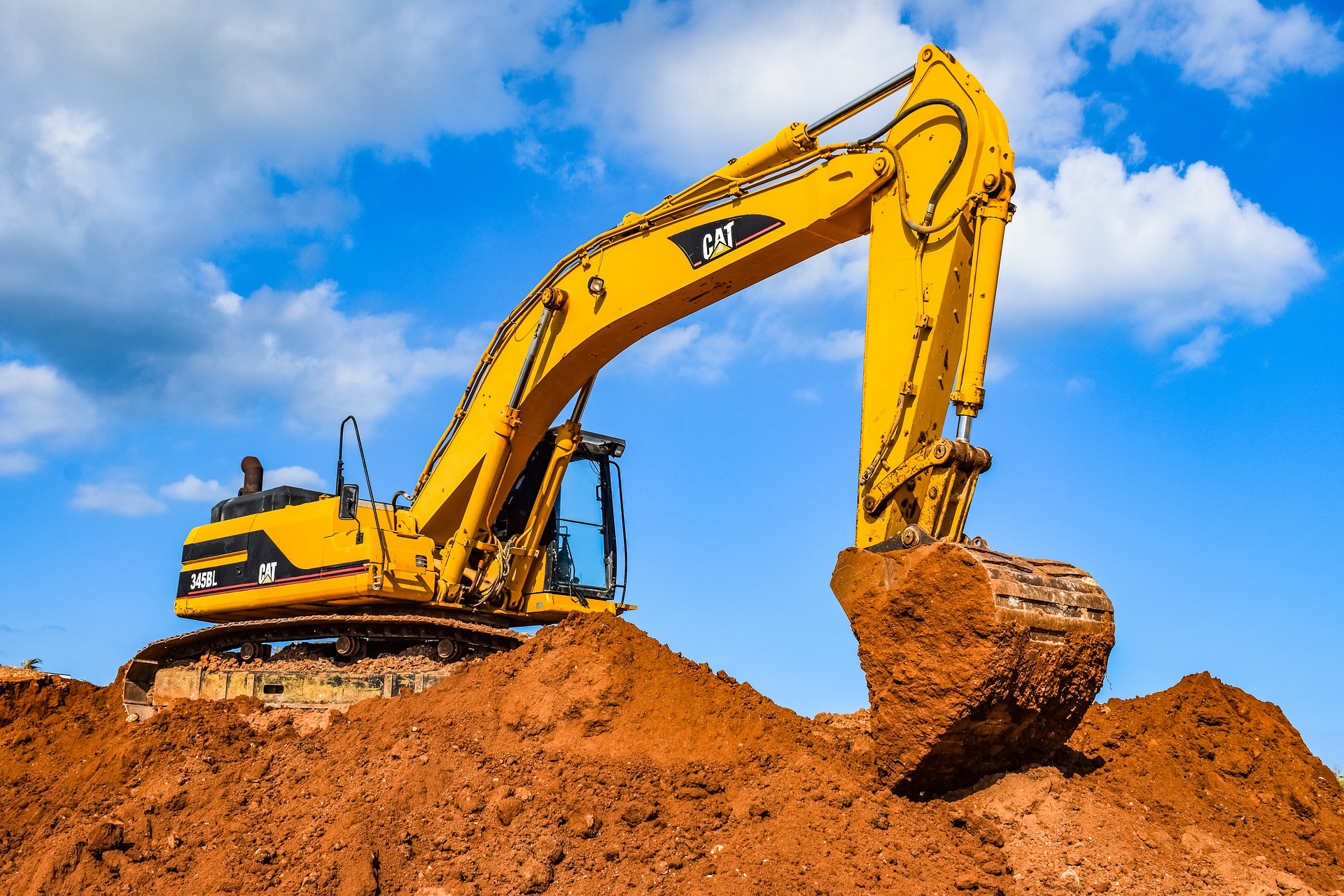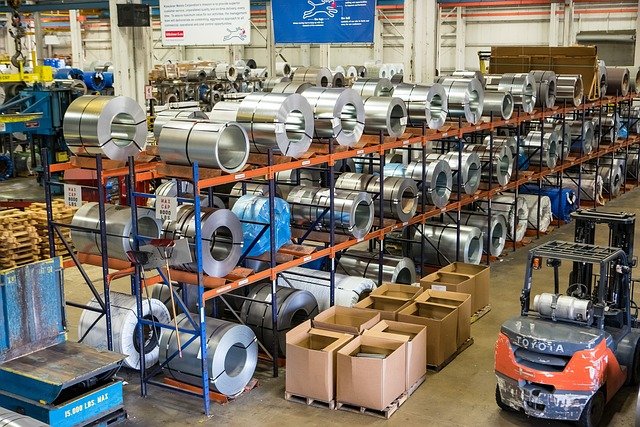Excavators: Titans of Earthwork and Construction
Discover the world of excavators, the mighty machines revolutionizing construction, mining, and landscaping industries. From nimble mini-diggers to colossal hydraulic behemoths, these versatile earth-movers are the backbone of modern infrastructure projects. Explore their crucial components, diverse applications, and the latest innovations driving efficiency and sustainability in the field of heavy machinery.

Excavators stand as the cornerstone of modern construction and earthmoving operations, offering unparalleled versatility and power. These engineering marvels have transformed the way we shape our environment, from skyline-altering urban developments to intricate landscaping projects. Let’s delve into the fascinating world of excavators and uncover their significance in today’s industrial landscape.
Anatomy of an Excavator: Understanding the Beast
To truly appreciate the capabilities of an excavator, one must first understand its key components:
- Undercarriage: The foundation of the machine, providing stability and mobility.
- House: The rotating upper structure that contains the operator’s cab and engine.
- Boom: The primary arm extending from the house, crucial for reach and lifting.
- Stick: Also called the dipper arm, it connects the boom to the bucket, controlling dig depth.
- Bucket: The business end of the excavator, used for digging, scooping, and material handling.
- Hydraulic System: The power behind the machine’s movements, enabling precise control.
Mastering these elements allows operators to harness the full potential of these mighty machines on the job site.
Excavators: The Swiss Army Knife of Construction
The versatility of excavators makes them indispensable in construction projects. Their capabilities include:
• Excavating foundations and trenches with precision • Grading and leveling terrain for roads and landscaping • Demolishing structures and clearing debris efficiently • Loading and unloading materials with ease • Lifting and placing heavy objects like pipes or concrete elements • Dredging waterways and creating drainage systems
This multifunctionality streamlines construction processes, significantly boosting project efficiency and timelines.
Excavator Varieties: Choosing the Right Tool for the Job
The excavator family tree boasts diverse members, each suited for specific tasks:
• Crawler Excavators: The all-terrain workhorses, featuring tracks for stability • Wheeled Excavators: Mobile units ideal for projects requiring frequent relocation • Mini Excavators: Compact dynamos perfect for tight spaces and small-scale work • Long Reach Excavators: Specialists in accessing hard-to-reach areas • Hydraulic Shovels: Mining giants built for high-volume material handling • Suction Excavators: Precision tools using vacuum technology for delicate excavation
Selecting the appropriate excavator type hinges on project scale, site conditions, and task specifics.
Safety First: Ensuring Optimal Excavator Operation
Maximizing excavator efficiency while prioritizing safety requires:
• Comprehensive operator training on controls and safety protocols • Thorough site assessments to identify potential hazards • Strict adherence to personal protective equipment (PPE) guidelines • Regular maintenance and inspections to ensure peak performance • Awareness and respect for load capacity limits • Clear communication systems between operators and ground crew
Adhering to these principles safeguards both personnel and equipment, fostering a productive work environment.
Green Excavation: Environmental Considerations in Earth-Moving
As sustainability takes center stage, the excavator industry is evolving to meet environmental challenges:
• Investing in fuel-efficient models and optimizing operating techniques • Adopting excavators that meet or exceed current emissions standards • Implementing noise reduction strategies, especially in urban settings • Employing soil conservation practices to minimize ecological impact • Ensuring responsible waste management and adherence to local regulations • Prioritizing biodiversity protection in sensitive areas
By addressing these environmental concerns, the construction industry is paving the way for more sustainable development practices.
The Future of Excavation: Innovation on the Horizon
The excavator landscape continues to evolve, with emerging technologies promising even greater efficiency and sustainability:
• Electric and hybrid models reducing carbon footprints • AI and machine learning enhancing precision and productivity • Autonomous capabilities for improved safety and 24/7 operation • Advanced telematics for real-time monitoring and predictive maintenance • Augmented reality interfaces for enhanced operator training and guidance
These innovations are set to redefine the capabilities and applications of excavators in the coming years.
In conclusion, excavators remain the undisputed champions of earthwork and construction. Their versatility, power, and continual technological advancements ensure their pivotal role in shaping our built environment. As we look to the future, the evolution of these machines promises not only increased efficiency and productivity but also a more sustainable approach to development. The excavator’s journey from simple digger to high-tech earth sculptor is a testament to human ingenuity and our ever-growing capacity to shape the world around us.






